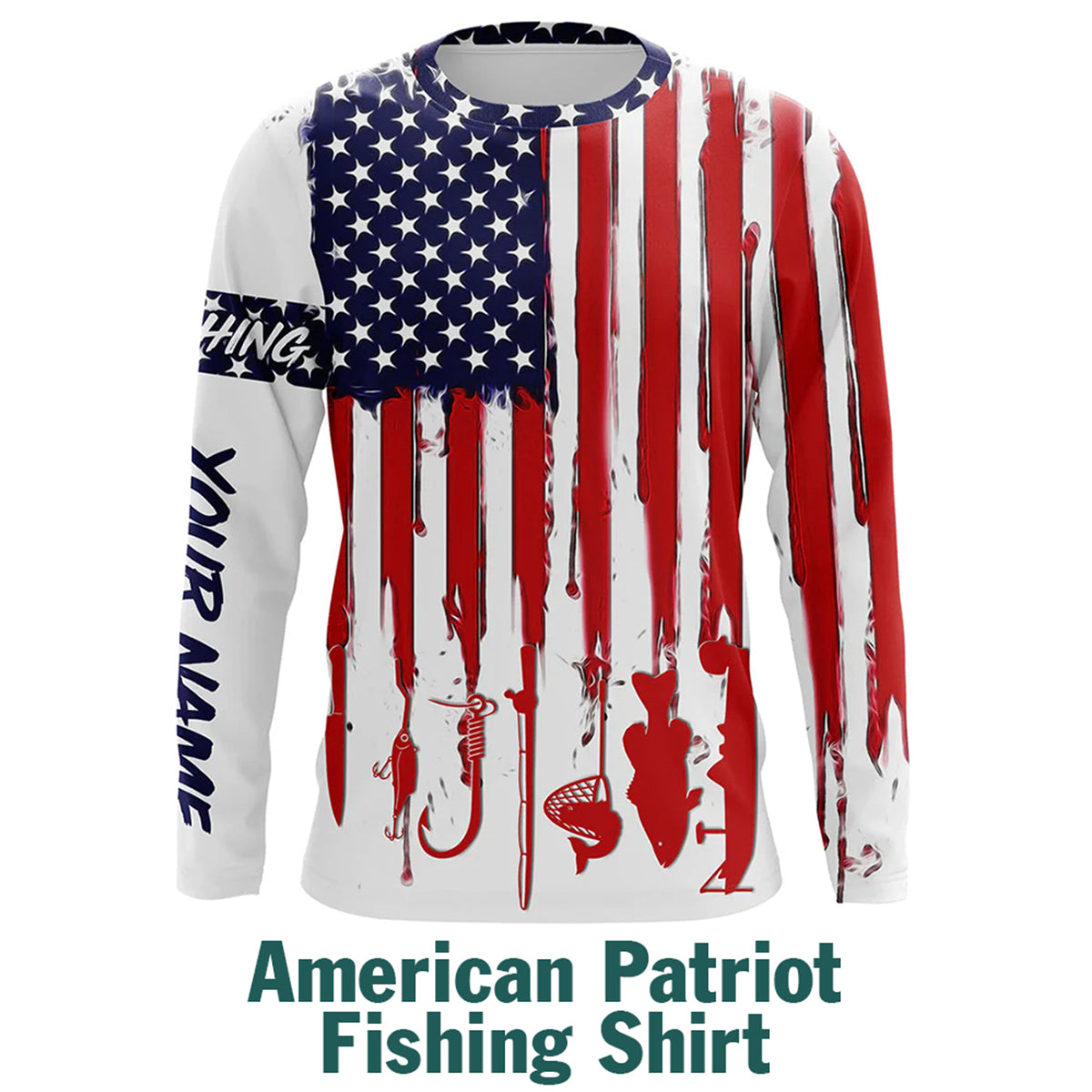One of our most iconic sporting species, Bass are huge, muscular, aggressive and energetic predators. We can’t go wrong with it when saying that bass fishing is adventurous and demanding. And we all knew that different conditions affect fishing success.
To increase the chances of reeling in a prize bass, you'll need to consider the season, hatch, weather, and bass behavior before catching. This article will cover some bass fishing tips and tricks. Hope it will help you improve your bass fishing technique.
1. Learn Bass Behavior
Bass Vision Factors
Bass has a sophisticated sense of vision. To see prey in water, they need at least some visible light, such as that provided by the sun or a full moon. During the day, bass eyes are meant to take in light to improve color and depth perception of surrounding objects. Moreover, Bass eyes can absorb more light in low-light conditions allowing them to see most of their prey better.
For this reason, bass fishing is normally best early in the morning and late in the afternoon, when bass can make use of both of these vision factors to hunt prey. Although the day provides enough light for bass to observe color and depth sense, the conditions are dark enough to provide bass a noticeable visual advantage over their prey, especially when bass’ prey is in transition from shelter status to active and vice versa.
Bass Predatory Behavior
Bass are ambush predators striking unsuspecting prey such as bluegills, frogs, and shad by cover and concealment. Keep this feature of bass behavior in mind as you read this piece and consider how each time of day coincides with the need to have a visual advantage over prey.
2. Mind the season
Overall, The best time to catch bass is around dawn and twilight. In particular, the early morning from dawn until around 8 am and 5:30 pm until dusk in the late spring, summer, and fall. During the late fall, winter and early spring, the ideal time for bass fishing is midday.
Winter
Best Time: Midday (noon until 4 pm)
Bass fishing during the cold months can be challenging. Bass can be caught all year in southern states where lakes don't freeze over, and they're usually quite active during the winter. Unless the place you plan to go fishing has severe burning weather, it's a good idea to expect that the best bass fishing will be between midday from noon until 4 pm
Spring
Best time: around dusk, early morning can be good too
Bass feed aggressively in the spring to replenish food stores lost over the winter and before they lay down for the spawn, when feeding is considerably reduced. Largemouth bass and spotted bass are best caught in the late afternoon, close to dusk. It’s best to go between 6 p.m. and twilight.
Summer
Best Time: around dawn and dusk
Bass are most active throughout the summer at dawn and dusk, when the diminished light gives them an advantage over most other prey. These are also the times when the water temperature is colder, which increases bass and prey activity. It should be considered that if the weather is gloomy or the water isn't clear, the midday bite can be extremely good.
Fall
Best Time: around dusk; early morning can be good too
Bass gorge themselves on shad, minnows, frogs, and bluegills in the autumn as they prepare for the long winter ahead. Largemouth bass and spotted bass are best to be caught in the late afternoon, close to dusk. It’s best to go between 6 p.m. and twilight.
3. Lure for bass fishing
Anglers can catch bass with a variety of baits, but baitfish is the greatest choice for early morning fishing, right after daybreak. While bass swim near the surface, they are actively looking for food. Bass will rise to the surface since he is really hungry in the morning after not feeding for the entire night. This also means that top-water baits can be useful. If you don't want to use live fish, top-water lures that look natural will work.
You can even catch bass with sinking baits when the sun is already up, because bass will feed aggressively almost everywhere. Bass jigs or plastic worms can be helpful If you are trying to catch a largemouth bass. They prefer to eat at the bottom of the river.
Bass will be slower when the sun rises near the peak. Your chances are slim if the sun is up for more than 3 hours, but you can try with short, slow, and controlled lure movement. Besides, you will need to choose a different spot at that time, since bass will hide in dense shade and cooler areas.
Also, It’s important to choose the color of the fishing lure according to the water you are going fishing on. Pale colors are best for clean water areas, while for murky waters with very little visibility, solid colors are better.
4. Cast into the wind
Always cast into the wind when fishing for bass. With your cast, you'll lose some range, but because bass swim with the current, they'll see your lure before noticing your boat. Moreover, if you're casting into the wind, the vibrations of light waves and ripples hitting the hull won't scare the bass away.
The wind on the water agitates the bass when it blows. Bass have less visibility, and all of the motion on the water's surface hides your boat. Keep casting when the wind blows.
Make sure you wear convenient fishing apparel so that unexpected weather changes don't catch you off guard. Bass get quite active and strike a lot more than on calmer days when the wind blast, the pressure changes or a front moves in.
End
To make your bass fishing trip a successful one, consider the weather, bass behavior and take some tips and tricks for bass fishing above. The more prepared you are to face the elements, the more persistent you can be in search of the bass. Have a great bass fishing trip!
Wish you have a great sea bass fishing trip with the bass fishing shirt here, there are many fishing shirts with very eye-catching designs.


